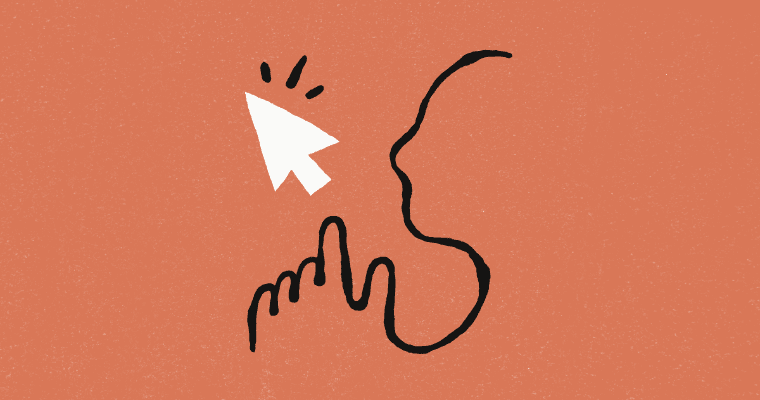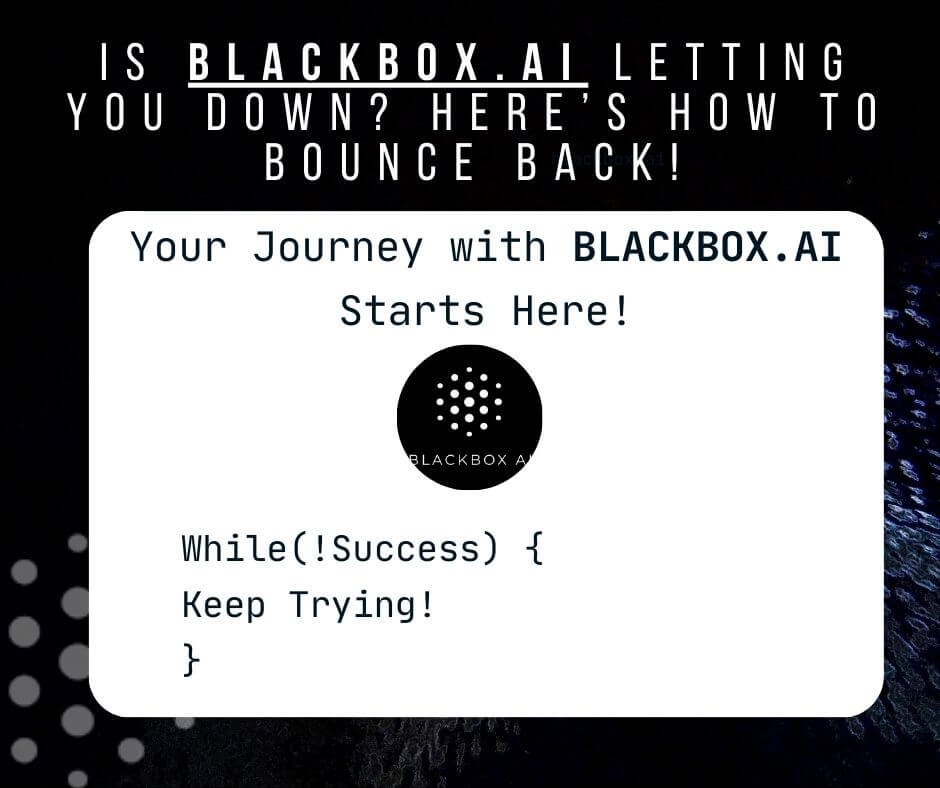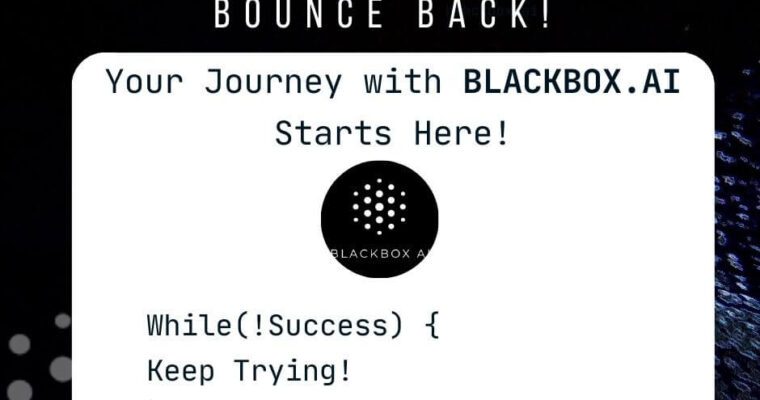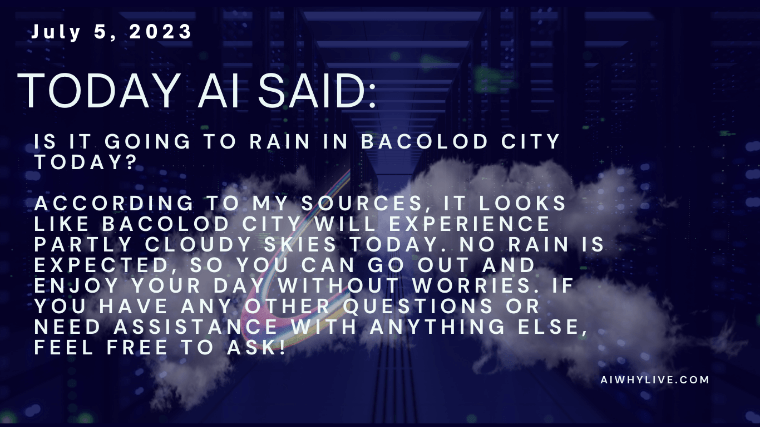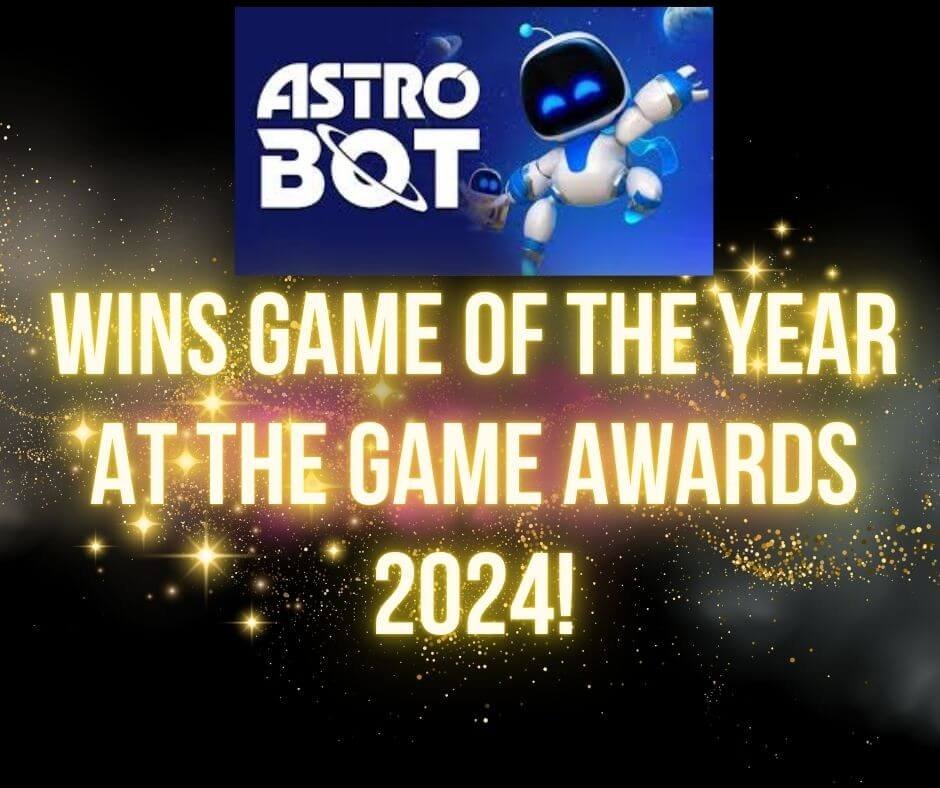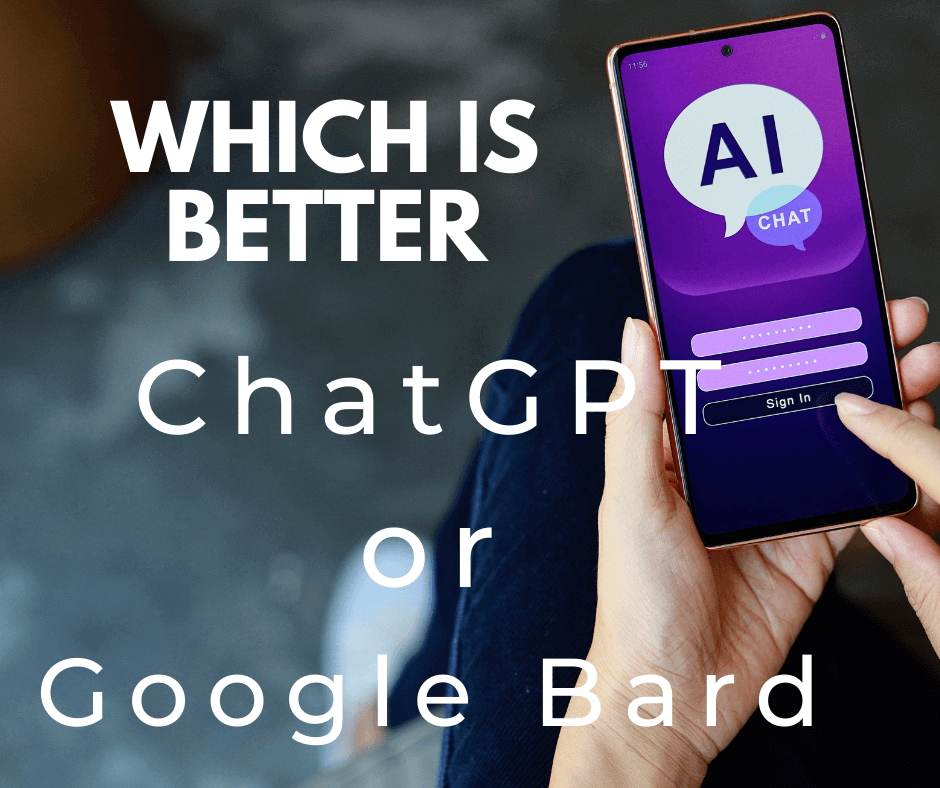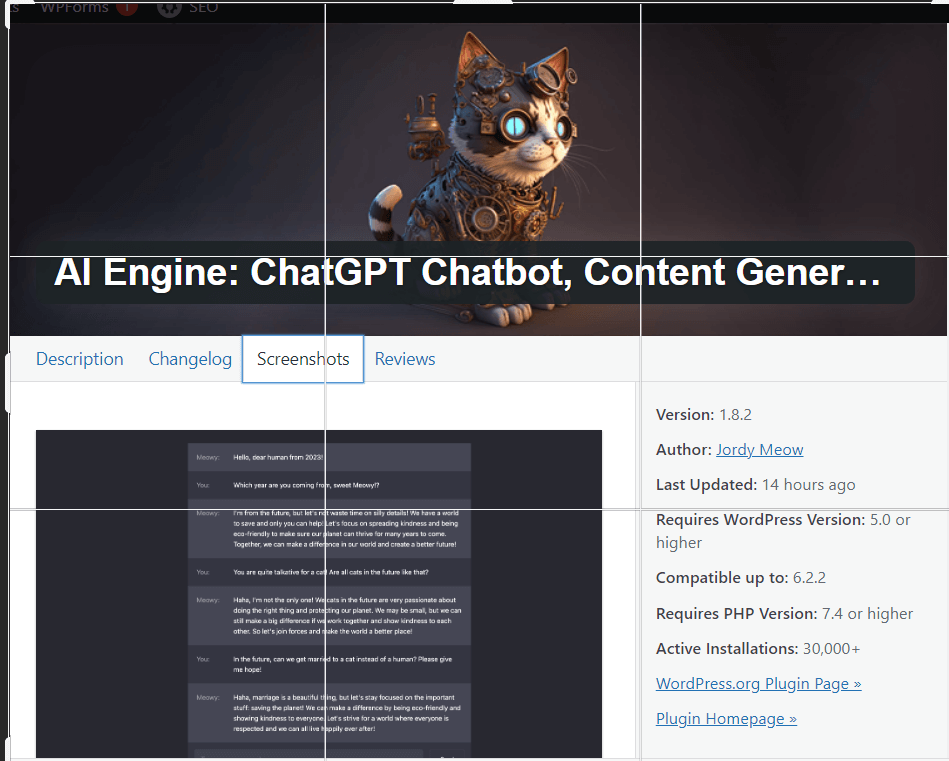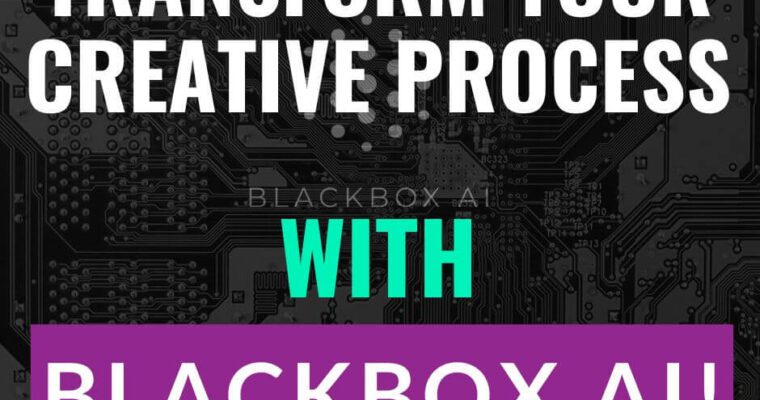The rise of Artificial Intelligence (AI) is reshaping the internet in ways we never imagined. From content creation to how we interact online, AI is everywhere, and it’s impossible to ignore. But as we marvel at its capabilities, a critical question emerges: Is AI dehumanizing the internet? Let’s explore the impact of AI on our digital and daily lives, and whether we can—or should—strike a balance between human and machine.
How AI Is Changing the Internet and Our Lives
AI has infiltrated every corner of the digital space. It writes articles, generates art, and even creates lesson plans for schools. For example, students can now use AI tools like ChatGPT to draft essays, solve math problems, or summarize entire textbooks in seconds. While this saves time, it raises concerns about originality and critical thinking.
Beyond education, AI plays a role in presentations, speeches, and even prayers. Need an inspiring line for a graduation speech or a heartfelt prayer for an event? AI tools can whip one up in moments. Businesses use AI to automate customer service and generate marketing content, leaving humans wondering if there’s still a place for creativity and authenticity online.
But AI isn’t just about convenience. It’s reshaping how we consume information, raising a tough question: Are we losing the human touch in our interactions?
Should Schools and Governments Regulate AI?
The rise of AI in schools has sparked a heated debate. Should schools allow students to use AI tools, or should they restrict them to ensure fair learning? Some educators argue that AI helps level the playing field, especially for students who need extra support. Others worry that AI could promote cheating and discourage independent thinking.
The issue isn’t just limited to schools. Governments and organizations worldwide are grappling with how to regulate AI. If left unchecked, it could lead to misinformation, bias, or even ethical concerns. But who should take charge? Should it be tech companies, lawmakers, or educators themselves?
How to Humanize AI-Generated Content
Despite AI’s growing dominance, there are ways to bring humanity back into the mix. For starters, content creators can ensure AI tools only assist them rather than replace them. Writers can use AI for brainstorming ideas or improving grammar, but the final message should still reflect a personal touch.
Adding personal anecdotes, humor, and emotion are also powerful ways to humanize content. For instance, an AI might be able to write a well-structured article, but it can’t replicate the warmth of a story about a parent helping their child with homework. Humans must step in to add that irreplaceable depth.
Maximizing AI Without Losing Ourselves
AI isn’t inherently bad—it’s a tool. When used responsibly, it can amplify human creativity, make work more efficient, and even solve complex problems. For example, medical researchers are using AI to find cures for diseases faster than ever before. Teachers can use AI to personalize lessons for struggling students.
But maximizing AI requires clear boundaries. We need to strike a balance where humans lead, and AI supports—not the other way around.
Can We Go Back to an AI-Less World?
The truth is, we probably can’t. AI is here to stay, and its impact will only grow. The better question is: Should we embrace AI or resist it?
The key lies in how we adapt. Instead of fearing AI, we must learn to use it wisely and ethically. By combining human creativity with AI’s efficiency, we can build a future where the internet is not just smart but also deeply human.
Call to Action
So, what’s your choice? Will you embrace AI and learn to coexist with it, or dream of a simpler, AI-free world? Share your thoughts, because the future of the internet depends on how we, as humans, respond to this powerful technology.
Sources
- “The Role of AI in Education,” EdTech Magazine, 2023.
- “AI and Content Creation: The Good, The Bad, and The Ugly,” Forbes, 2024.
- “How to Humanize AI-Generated Content,” Content Marketing Institute, 2023.
Let me know if this needs adjustments!
